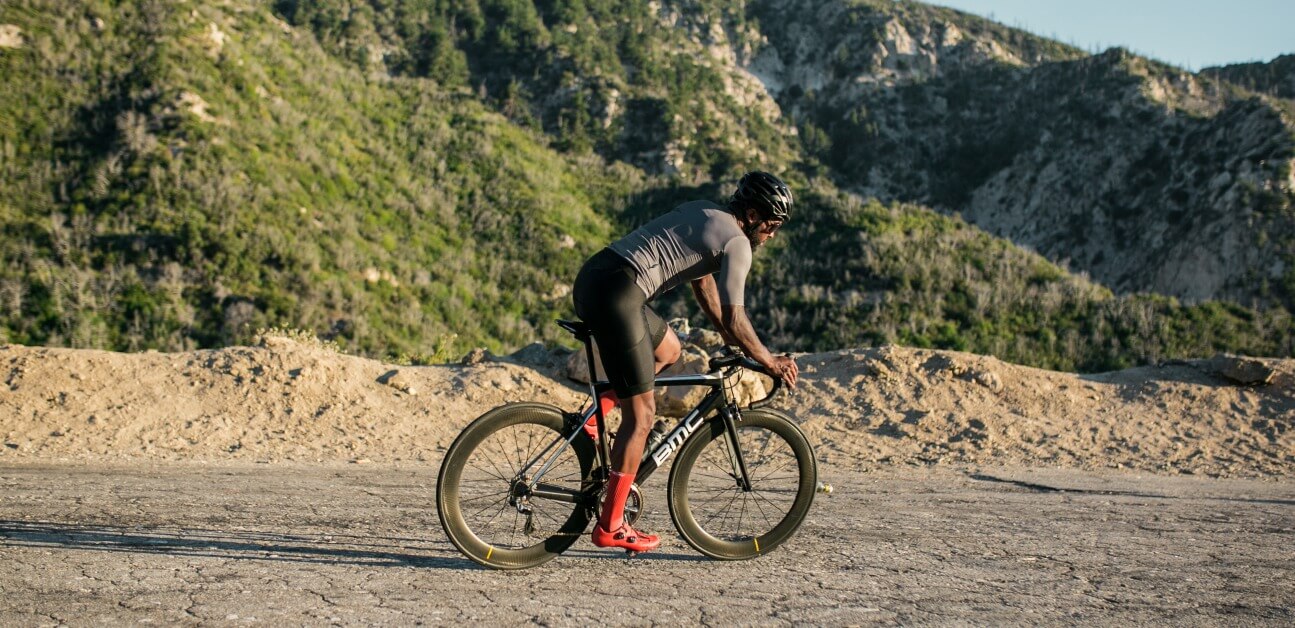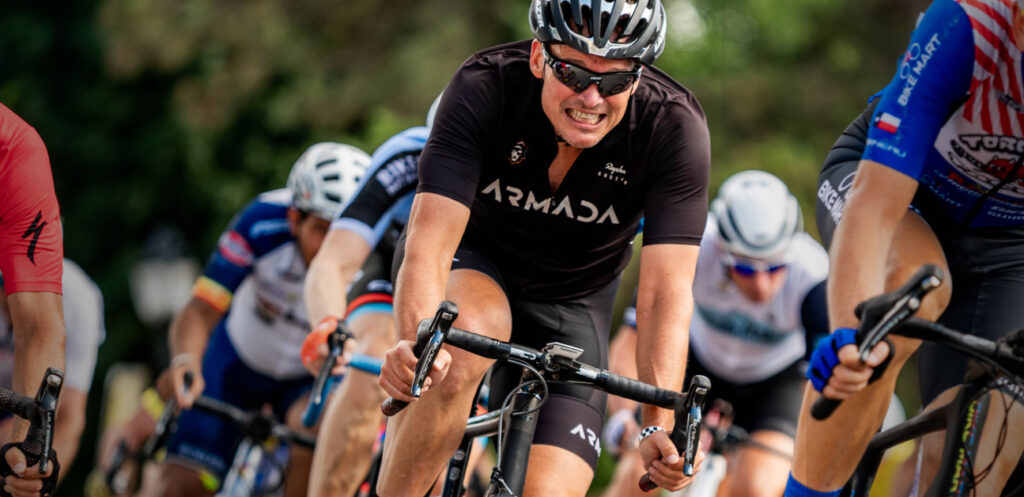The more intensely you exercise, the harder you breathe, and the faster your heart beats. But have you ever wondered why some athletes’ heart rates respond differently to the same efforts, or why your body needs to increase your heart rate in the first place? More importantly, how can you use the answers to these questions to get faster?
For more on heart rate and aerobic fitness, check out Ask A Cycling Coach Ep 313.
Why Your Heart Rate Increases During Exercise
When it comes down to it, endurance sports like cycling are all about oxygen supply and demand.
The vast majority of time spent on the bike is powered by aerobic energy system, which uses oxygen to generate sustainable energy. This oxygen enters your body through your lungs; from there it is absorbed into the bloodstream and pumped to the muscles by your heart.
Whenever exercise intensity goes up, your muscles need more oxygen to power the growing workload. To counter this sudden rise in oxygen demand, your body responds by increasing oxygen supply. Norepinephrine is released by your sympathetic nervous system, which accelerates your breathing rate to uptake more oxygen into your bloodstream. Your heartbeat speeds up and grows more forceful, to send oxygen-rich blood to the muscles and expedite the removal of aerobic metabolism’s byproduct, carbon dioxide.
Oxygen Uptake Kinetics: Matching Supply and Demand
The process of increasing oxygen uptake to meet your body’s needs is called oxygen uptake kinetics (sometimes also known as VO2 kinetics). While this mechanism happens automatically, it’s not instantaneous. For the first few moments of any increase in power, your body fills the gap with the anaerobic or neuromuscular energy systems, which don’t require oxygen to produce energy. For a common example, think of what it’s like to run up a short flight of stairs— that’s your anaerobic system doing the work.
But anaerobic metabolism isn’t sustainable. Its energy supplies are limited and it generates lots of byproducts. As a result, your body increases oxygen supply so the aerobic system can clear these byproducts and take over for the long haul. To return to our example, when you get to the top of the stairs and suddenly start breathing heavily, that’s your aerobic system activating.
More On Energy Systems
Reaching a Steady State
When oxygen supply fully meets demand and your aerobic system can sustainably power the effort, heart rate and ventilation settle at a constant rate. This is known as steady state. It occurs during a range of efforts below FTP, and while steady-state riding isn’t always comfortable, it is within your body’s physiological capabilities to sustain.
If the demand for oxygen in your muscles outpaces your body’s ability to supply it, steady state can’t be attained. When this happens, even if your power output stays the same, heart rate and ventilation gradually increase until you reach VO2 max— your body’s maximum capacity to intake and use oxygen. Beyond this point, you can’t sustain the effort for very long, no matter how hard you try. Eventually, your power output will decrease, until you ultimately reach steady state at a greatly reduced intensity. Cyclists commonly call this “blowing up.”
Why Better Aerobic Fitness Makes you Faster (at a Lower Heart Rate)
As your aerobic fitness improves, the efficiency of your cardiovascular system increases. This is why endurance athletes generally have lower resting heart rates than untrained individuals— fit athletes’ cardiovascular systems can supply their body’s oxygen demands with less effort.
This is also true during exercise. Though the specifics of heart rate are subject to many external factors and can vary widely from person to person, aerobically fit athletes typically have lower heart rates for the same effort than athletes who are less fit. And as your fitness improves throughout the season, you may even notice your average heart rate during both rest and exercise trending downward— a positive sign of increased aerobic efficiency.
But how does aerobic fitness make you faster? The answer again lies in oxygen supply and demand. The greater your aerobic system’s capacity to uptake and utilize oxygen, the more effectively it can power your oxygen-hungry muscles, so you can reach steady state at a higher intensity and sustain hard efforts for longer. Also, improved aerobic fitness correlates with faster oxygen uptake kinetics, meaning your aerobic system can respond more quickly to changes in intensity. This helps spare your anaerobic energy stores for when you really need them— to power over hills, attack out of corners, and sprint to win races.
Adaptive Training
Get the right workout, every time with training that adapts to you.
Check Out TrainerRoadHow To Improve Your Aerobic Fitness With Structured Training
Building aerobic fitness is highly impactful and should be a major component of your training throughout the year. If you’re following a structured training plan, your plan will take care of the details for you. But for every athlete, it all begins early in the season with base training. Base used to be synonymous with lots of long, low-intensity rides, but sweet spot workouts offer a useful way to build a strong aerobic system in a more time-effective manner.
Higher intensity riding in the Threshold and Vo2max zones target your maximal oxygen uptake directly, pushing your aerobic system’s capacity to fuel your muscles and clear lactate to their very limits. These workouts are quite fatiguing and are best introduced only once or twice a week early on, and with greater frequency, focus, and specificity as the season progresses through the build and specialty phases.
No matter where you are in the cycling season, you can always maintain your aerobic fitness with endurance riding. Occasionally substituting intensity with volume or adding on additional easy spinning to the end group rides or workouts might not seem very impactful, but low-intensity pedaling relies entirely on the aerobic system. Moreover, when properly fueled endurance riding is sustainable and doesn’t add much additional fatigue, and can make a significant impact on your fitness when practiced regularly over time.

